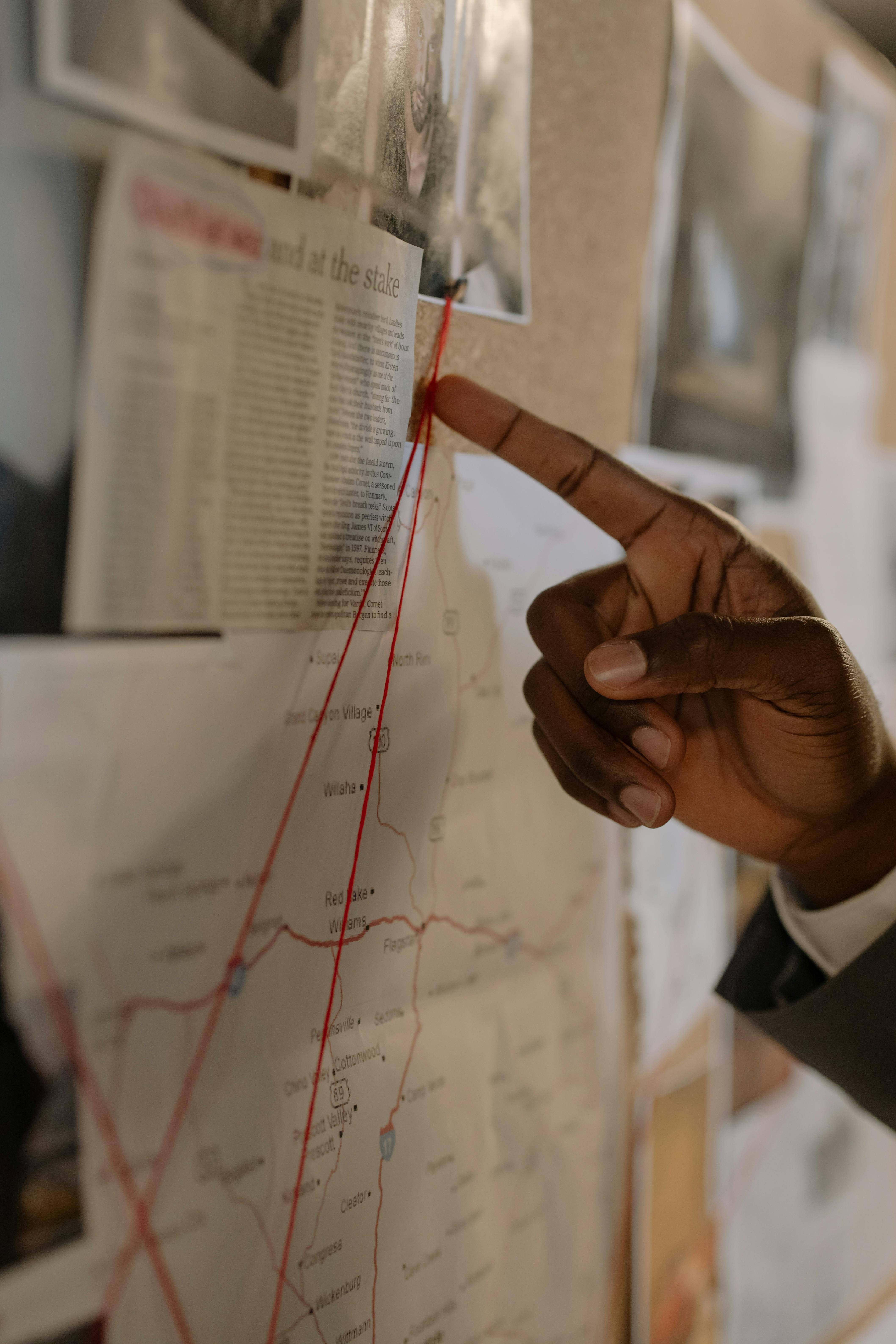Escape room design
Stepping into an escape room means entering another world. The lights, sounds, objects—everything is designed to immerse us in a story and make us feel like the main characters. But behind every detail lies meticulous work: each visual element, object, and space is crafted to guide the player and ensure the experience works seamlessly.
A well-designed escape room doesn't just captivate—it transforms each session into a memorable experience. In this article, we'll explain how to achieve that.
- Narrative is the core of the game
- Transforming spaces into game settings
- What elements are designed in an escape room
- Visual identity and graphic design in escape rooms
Narrative is the core of the game
Designing an escape room begins with building the storyline. You can start from the classic structure of setup-conflict-resolution, where players take on the roles of characters who act.
The basic challenge is clear: participants must escape the room. But what drives them to do it? Why are they there? What circumstances surround their mission? Players need to understand their role in the story—and to do that, we must provide context: where and when is the action happening, and why have they been given this mission?
The key is that this information shouldn't be communicated through a simple text, but through every design element in the escape room—from the set design to the objects—so that players feel immersed in the story. The space should speak for itself, guiding participants perceptively through the different narrative moments without the need for a long script.
Transforming spaces into game settings
The story and the challenges players face unfold in a physical space, requiring interaction with its elements. Designing an escape room involves adapting a space to guide participants through various stages of the game. It's essential to remember that players will carefully examine the space for clues, so you must integrate elements strategically and leave no detail to chance.
It's also crucial to maintain narrative coherence. The environment should support the storyline in which the players are immersed. While decoration is essential, creating an immersive atmosphere means designing with all five senses. You're aiming to create environments that fully draw your players into the story.
If you'd like to explore set design and immersive environments in more detail, we recommend checking out this related article.

What elements are designed in an escape room
Atmosphere is key in escape rooms because it communicates the narrative and strengthens the immersive experience. It can also help organise the physical layout that guides players through the story. The arrangement of elements primarily defines the progression of the experience, along with scenography, lighting, sound, and other components.
One of the first sensory impacts when entering the room is light. Lighting helps shape the atmosphere, define zones, and direct attention to specific points. As in any spatial design, it's one of the main tools for evoking emotion.
You can take it a step further by incorporating elements that stimulate other senses, such as music and sound effects. Sound design is a powerful tool for building tension or suspense, or even to signal success or failure during challenges.
At the same time, don't forget that the puzzles and challenges are the real stars of your design. You'll likely need to design bespoke puzzles and ensure they're coherent with the narrative and environment. For example, in a historical setting, incorporating digital tools might disrupt immersion if they do not align with the period of the story.
In short, designing an escape room means creating an interactive stage for your story, where all aspects of design play a role.
Visual identity and graphic design in escape rooms
Graphic design plays several essential roles in an escape room. First, it allows you to develop a clear graphic identity, enabling the audience to form a coherent mental image of the activity. This identity is also crucial for the escape room's promotion, both online and offline.
But graphic design isn't just about branding. Visual communication is part of the game's environment. Clues, signs, and symbols must be integrated organically into the space to stay consistent with the story. If the graphics don't match the setting, they can confuse players and break the immersive atmosphere.
Looking to design an escape room?
At Misterio Studio, we combine spatial design, atmosphere, and graphic design to create fully immersive experiences. Contact us! [email protected]